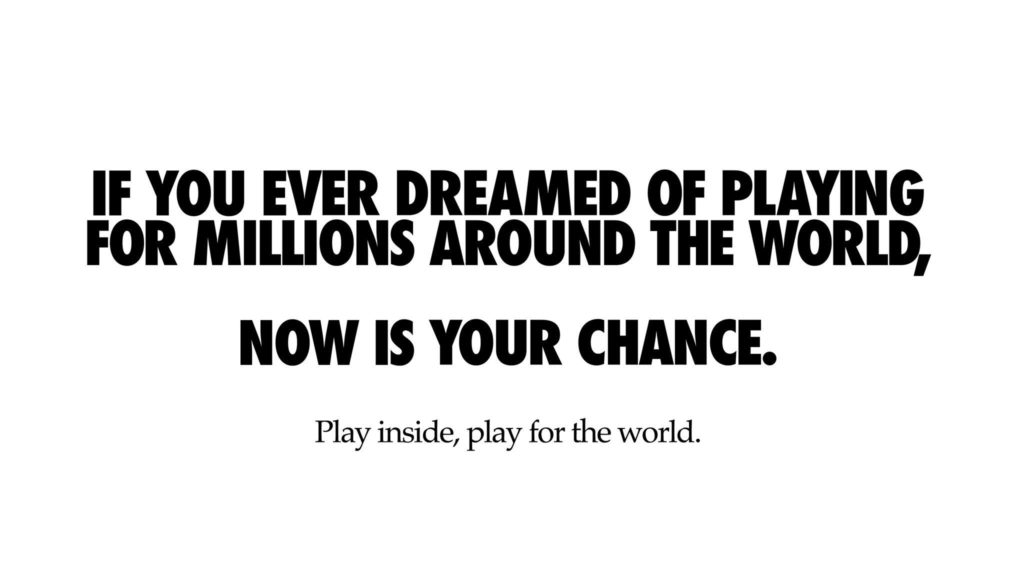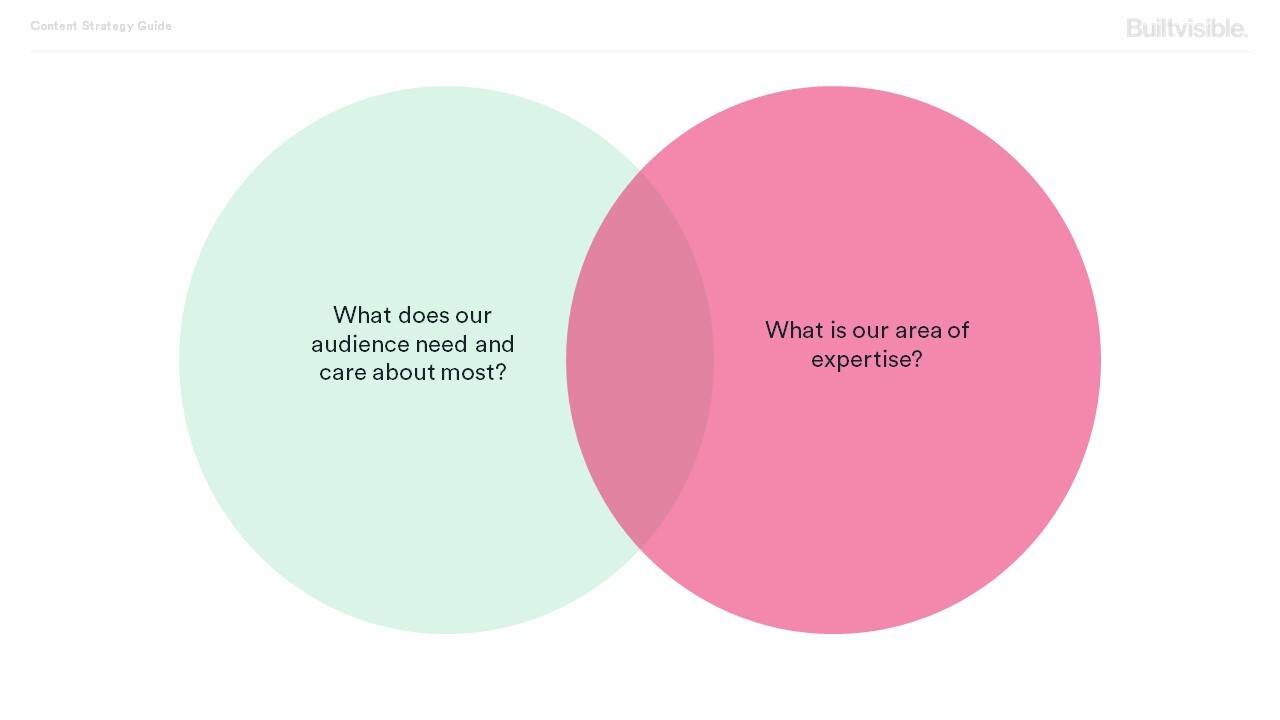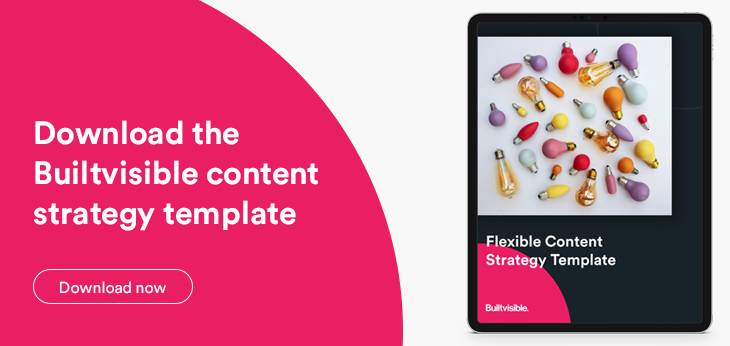1. Reflect on your mission and values
There’s a reason companies and brands have values, they exist to steer strategy, streamline decision making and inform how we react to factors beyond our control.
When circumstances change to the extent we’ve seen recently, these values will certainly be put through their paces. But stick with it, a strategy with a strong, value-led core is much more likely to succeed.
So, the first section of your content strategy should be dedicated to your values. Get them out there, front and centre to remind your team what you stand for and why it’s important your company exists. All content strategy, production and distribution should then be guided by these values.
For example, Nike’s mission is to ‘Bring inspiration and innovation to every athlete* in the world’.
Their recent ‘Play inside, play for the world’ campaign inspires customers to enjoy sport in innovative new ways.

On a similar note, Lovehoney, ‘the sexual happiness people’ have launched a play at home series on their podcast which helps listeners find safe, sexual happiness during lockdown.
2. List your 3 most important goals right now
With seismic events come changes in priorities, perspective, goals, and objectives. You may have to come to terms with a significant shift in strategic direction, severely reduced budgets, physical restrictions, and brand-new audiences.
It’s important that this second section of your content strategy very clearly communicates what your organisation is trying to achieve in the short, mid, and long term so that your team know exactly what they are working towards and how content can help.
It may be tempting and sometimes imperative, to focus on short-term goals, but I would recommend making space for mid and long-term objectives within your content plan.
- Think about topics which will add value in the future as well as right now. For example, we recently updated our ideation guide to include a section on remote ideations.
- Consider formats such as webinars which naturally facilitate supporting content later down the line.
3. Speak to your audience
Good audience research is like gold dust. It tells you how to speak to your customers, what interests and problems they have, who influences them and what they think about your products.
When conditions and context change significantly, you still need answers to these questions. Chances are though, your original research has transformed from gold dust to a pile of regular old dust.
Your options are:
- Commission new audience research – a good idea if your target audience has changed beyond recognition, but it will take time.
- Conduct a speedy round of research – get your team on the phone to your customers, speak to your customer services and sales teams and learn all you can from trends on social, online communities and new search behaviour.
For more ideas on how to understand new audience behaviours, check out our recent post on making the most of your existing data sources.
For your strategy document, pull out the key trends, customer quotes, and ideas from your research. Your team need this new context to inform and shape all upcoming content.
4. Find your sweet spot
Once you understand your audience’s new context, priorities and behaviours you can start to match them up to your expertise and the value you can add.
Fill in a Venn diagram with needs of audience and your area of expertise. This will help you avoid trying to cater to needs you are not qualified to fulfil.

5. Define your production and distribution process
When the world as you know it gets turned upside down, your well-reasoned process and procedures do too. Your content strategy is nothing without a plan for production and distribution, so defining this to match new circumstances needs to be a priority.
Your content strategy document should include a section which lays out roles, responsibilities, procedures and sign off processes, plain for all to see.
I’d recommend a visual format for this, colour coded for clarity.
6. Prepare to measure
Unchartered waters need charting. Your new strategy may be to explore new topics, formats, authors, and channels so you’re going to want to measure performance.
Before you get to that stage however, you need to be very specific about what you’d like to get out of your content and how it ties back in with those 3 key business goals.
Your content strategy document should answer the following questions:
- What do we want someone to do when they read, watch, or listen to our content?
- How can the content itself encourage that behaviour?
- What can we put in place to measure our performance?
In 2019 BC (before Corona) we’d painstakingly assemble 6 to 12-month plans, point to seasonal trends and consult well-thumbed audience research. Today though, and for the foreseeable, that’s just not going to work.
I hope you find this flexible content strategy template useful to weather our current stormy seas and those which may well be on the horizon.

If you’d like to hear more about how we’re adapting our content strategy products and processes to meet today’s needs, get in touch I’d love to chat!

Alqalam online Quran
very useful information. Thanks for sharing this.